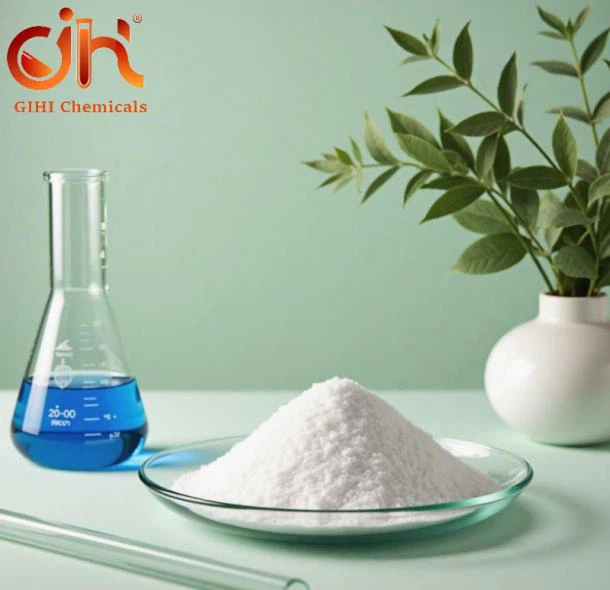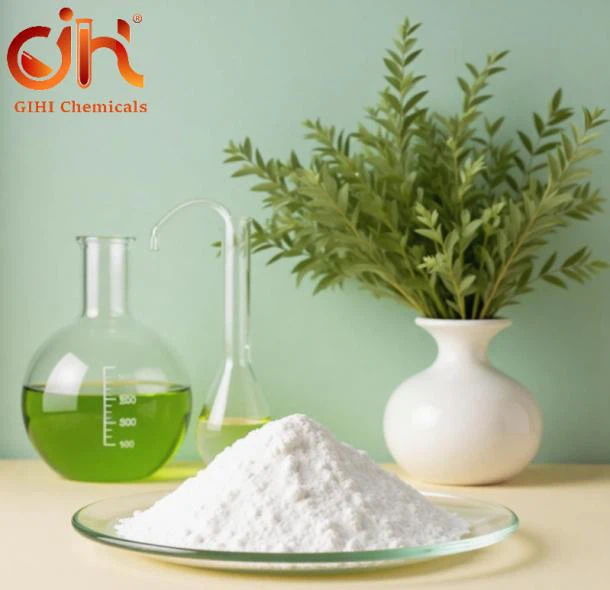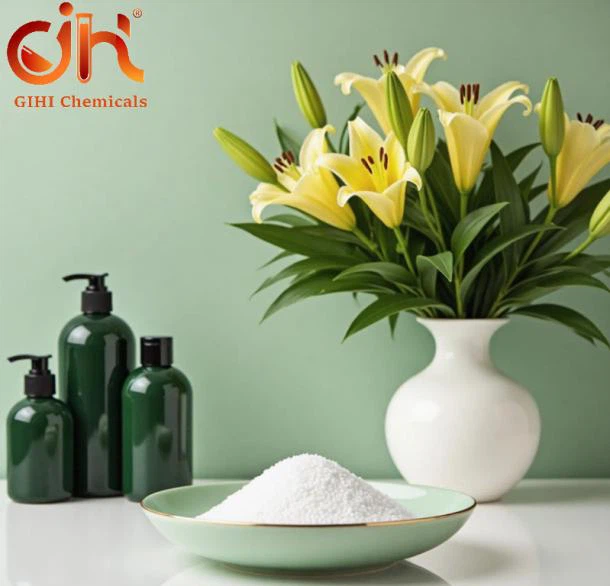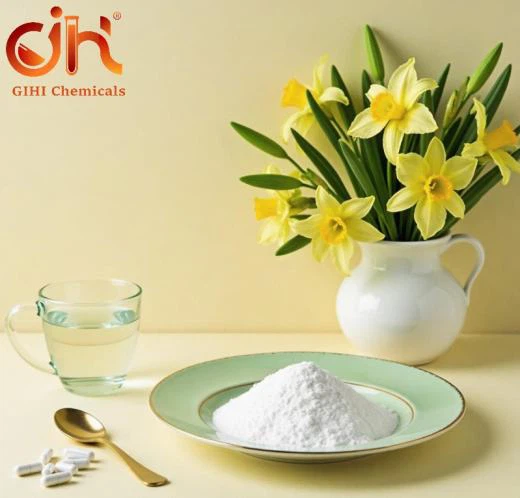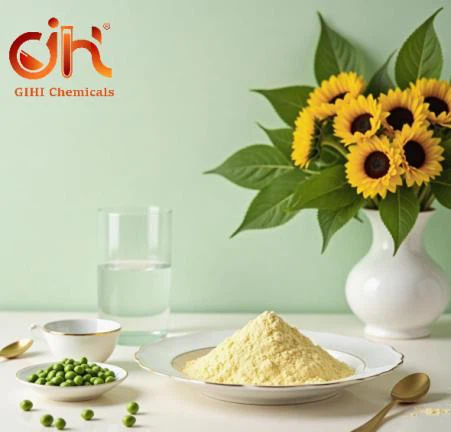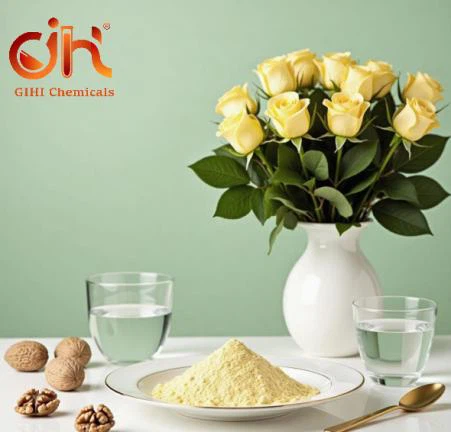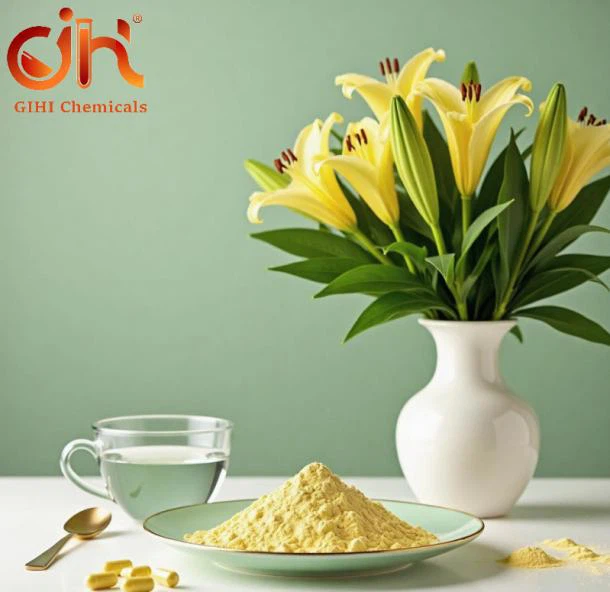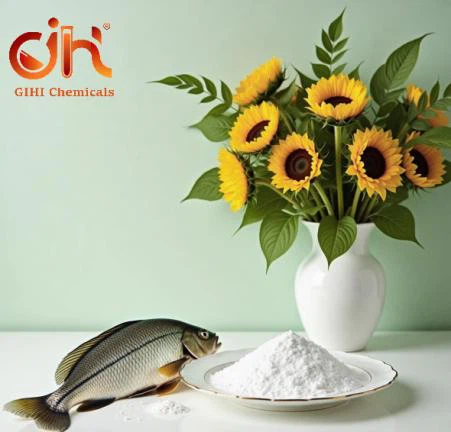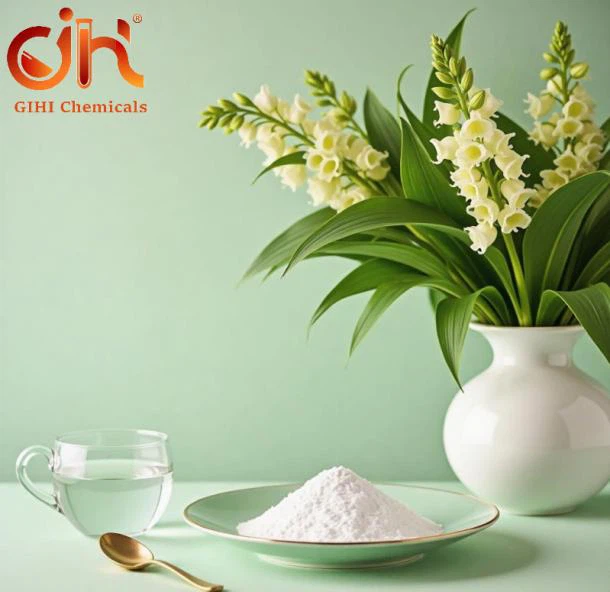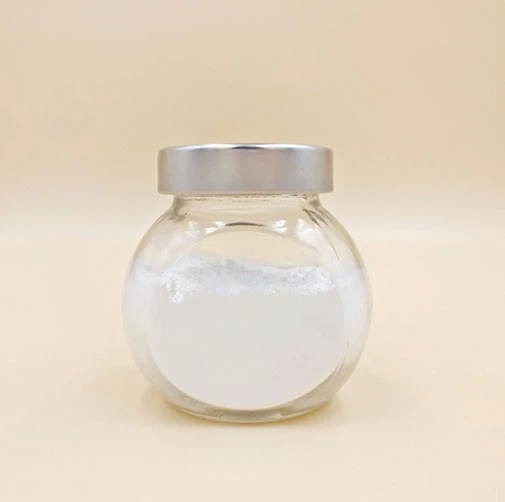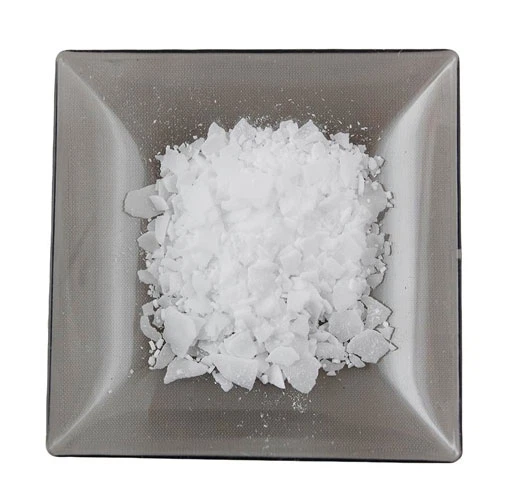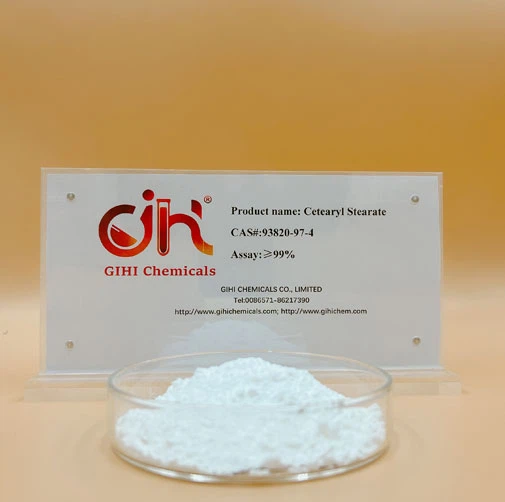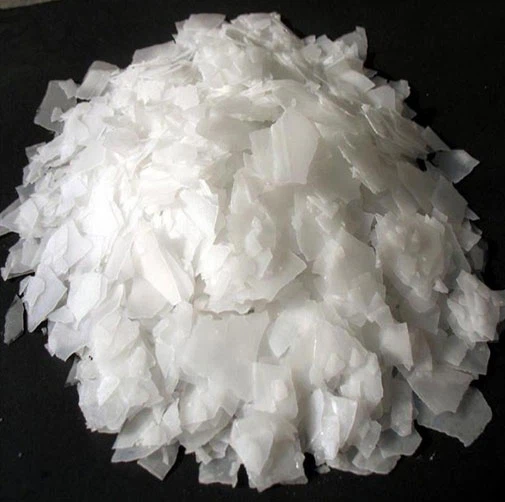Product Brief Introduction
Product name:Alpha Lipoic Acid(solvent free)
CAS:1077-28-7
MF:C8H14O2S2
MW:206.33
Product Specification
|
Item |
Specification |
|
Appearance |
Slightly yellow crystal powder |
|
Identification |
HPLC:Meets the requirements |
|
Melting point |
60.0℃-62℃ |
|
Specific rotation |
-1.0°~+1.0° |
|
Loss on drying |
≤ 0.50% |
|
Residue on ignition |
≤ 0.10% |
|
Heavy Metals |
≤10ppm |
|
Lead |
≤3ppm |
|
Arsenic |
≤1ppm |
|
Cadmium |
≤1ppm |
|
Mercury |
≤0.1ppm |
|
Polymer content |
≤2.0% |
|
Related substance |
Single Impurity: ≤ 0.10% |
|
Total impurities:≤2.0% |
|
|
Residual Solvents |
Ethyl Acetate: ≤0.05ppm |
|
Cyelohexane: ≤0.05ppm |
|
|
Toluene : ≤0.05ppm |
|
|
Assay (on dried basis) |
98.5% ~101.0% |
Product Effect Introduction
Alpha-lipoic acid (ALA) is a powerful antioxidant with a variety of health and medical functions. Its chemical name is 1,2-dithiolan-3-pentanoic acid, which naturally occurs in animal livers, spinach, tomatoes and other plants.
Structure and properties
Alpha-lipoic acid contains a disulfide five-membered ring structure, which makes it significantly electrophilic and capable of reacting with free radicals, so it has strong antioxidant properties. It is both fat-soluble and water-soluble, allowing it to penetrate tissues primarily composed of fat, such as the nervous system and heart. In addition, it can cross the blood-brain barrier and enter the brain to boost the brain's energy metabolism.
Functions and effects
Antioxidant effect: Alpha-lipoic acid can scavenge free radicals in the body, protect cells from oxidative damage, and can regenerate other antioxidants such as vitamin C, vitamin E and coenzyme Q10 to their active state.
Blood sugar control: It can balance blood sugar, promote glucose absorption, improve blood sugar control in diabetic patients, and enable patients to reduce the use of hypoglycemic drugs.
Liver Health: Studies show that alpha-lipoic acid has a protective effect on the liver, can alleviate arsenic poisoning and can reduce hepatotoxicity after mercury poisoning.
Neuroprotection: It has shown promising results in treating diabetic peripheral neuropathy, stabilizing blood sugar and improving nerve function.
Anti-aging: Alpha-lipoic acid can activate telomerase to promote telomere elongation, play a protective role in mouse models of arteriosclerosis, and fight against arteriosclerosis.
Energy metabolism: As a nutritional coenzyme, it participates in the energy metabolism of proteins, carbohydrates and fats, and directly participates in the citric acid cycle reaction that generates energy in the mitochondria.
Application areas
Due to its powerful antioxidant capacity and various health benefits, alpha-lipoic acid is widely used in the following areas:
Diabetes Management: For the treatment and prevention of diabetes and its complications.
Cardiovascular disease: Helps reduce blood lipids and prevent cardiovascular and cerebrovascular diseases.
Skin Care: Added to skin care products to improve skin texture and balance skin tone.
Cancer treatment: used as an anti-cancer adjuvant to enhance the effect of chemotherapy.
Food source
Although the human body can synthesize some alpha-lipoic acid, it is far from enough for use. Therefore, food sources become the main route of supplementation. Meats and organ meats (hearts, kidneys, liver) are rich in it, and fruits and vegetables also provide small amounts of lipoic acid. The plants with the highest content are spinach and potatoes, followed by cauliflower, tomatoes, peas, etc.
Alpha-lipoic acid is known as the "universal antioxidant" because of its unique antioxidant properties and wide range of health benefits. It is not only used clinically for the treatment and prevention of various diseases, but also plays an important role in daily health care.




